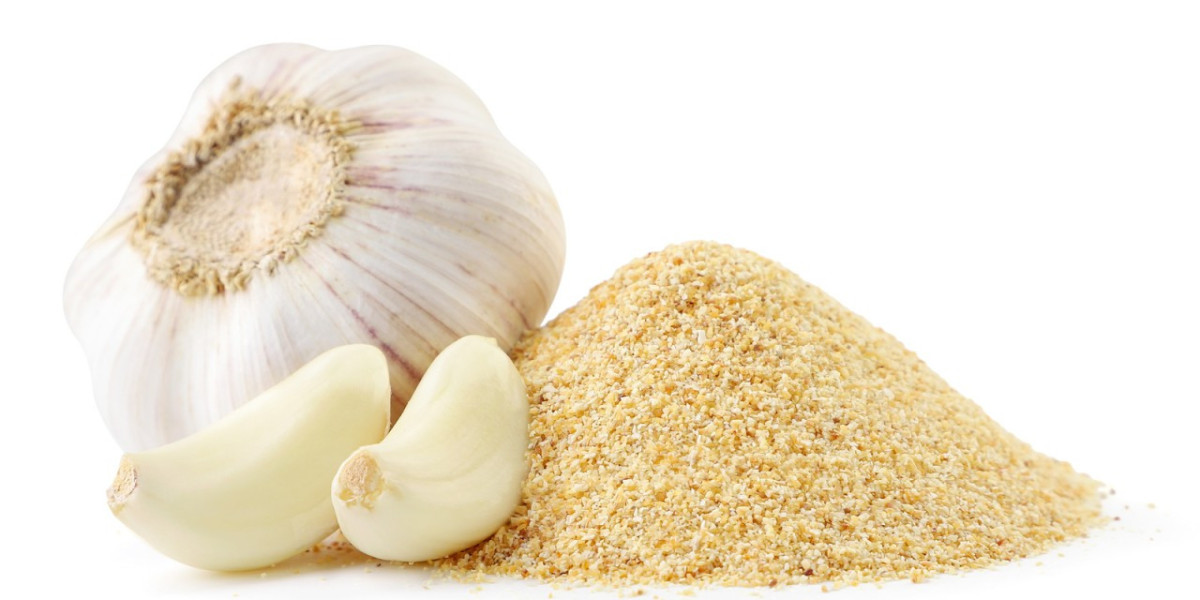Erectile Dysfunction (ED) is a common condition that affects many men, and it can significantly impact quality of life and relationships. While medications and other treatments are available, regular physical activity is a natural and effective way to improve ED symptoms. Fildena may cause side effects such as headache, flushing, or upset stomach. Staying active not only enhances overall health but also directly benefits erectile function. This guide explores the connection between exercise and ED, types of exercises that can help, and tips for incorporating physical activity into your daily routine.
Understanding Erectile Dysfunction
Erectile Dysfunction is the inability to achieve or maintain an erection sufficient for satisfactory sexual performance. It can be caused by various factors, including poor blood flow, psychological issues, hormonal imbalances, and certain medical conditions like diabetes and heart disease.
The Connection Between Exercise and ED
Improved Blood Flow
- Cardiovascular Health: Regular exercise improves heart health and blood circulation, which are crucial for erectile function. Physical activity strengthens the heart and blood vessels, ensuring adequate blood flow to the penis.
- Endothelial Function: Exercise enhances the function of the endothelium (the lining of blood vessels), allowing for better blood flow and reduced risk of vascular problems associated with ED.
Hormonal Balance
- Testosterone Levels: Physical activity, especially strength training, can boost testosterone levels, which play a significant role in sexual desire and erectile function.
- Stress Hormones: Exercise helps reduce levels of stress hormones like cortisol, which can negatively impact sexual health. Fildena 150 can be an effective treatment for erectile dysfunction and can help improve the quality of life for many men.
Weight Management
- Obesity and ED: Excess weight, particularly around the abdomen, is linked to an increased risk of ED. Regular exercise helps manage weight, reducing the risk of obesity-related erectile dysfunction.
- Insulin Sensitivity: Physical activity improves insulin sensitivity, which is beneficial for men with diabetes, a common cause of ED.
Mental Health
- Stress and Anxiety: Exercise is a powerful stress reliever and can help reduce anxiety and depression, which are often linked to ED.
- Self-Esteem: Staying active can boost self-esteem and body image, positively affecting sexual performance and confidence.
Types of Exercises That Help with ED
Aerobic Exercises
Aerobic exercises improve cardiovascular health and blood circulation, essential for erectile function.
- Examples: Running, swimming, cycling, brisk walking, and rowing.
- Frequency: Aim for at least 150 minutes of moderate aerobic activity or 75 minutes of vigorous activity per week.
Strength Training
Strength training exercises can increase testosterone levels and improve overall muscle strength, contributing to better sexual health.
- Examples: Weight lifting, resistance band exercises, bodyweight exercises like push-ups and squats.
- Frequency: Include strength training exercises at least two days per week.
Kegel Exercises
Kegel exercises strengthen the pelvic floor muscles, which are directly involved in achieving and maintaining erections.
- How to Perform:
- Identify the pelvic floor muscles by stopping urination midstream.
- Contract these muscles for 5 seconds, then relax for 5 seconds.
- Repeat 10-15 times, three times a day.
Flexibility and Balance Exercises
These exercises improve overall physical fitness and can help reduce the risk of injuries, maintaining an active lifestyle.
- Examples: Yoga, Pilates, tai chi.
- Benefits: Enhance flexibility, and balance, and reduce stress levels.
Tips for Incorporating Exercise into Your Routine
Set Realistic Goals
- Start Small: Begin with manageable goals, like a 10-minute walk, and gradually increase the duration and intensity.
- Consistency: Make exercise a regular part of your routine to see long-term benefits.
Find Activities You Enjoy
- Variety: Choose a mix of aerobic, strength, and flexibility exercises to keep your routine interesting.
- Social Activities: Join a sports team, fitness class, or exercise with friends to stay motivated.
Create a Schedule
- Plan Ahead: Set specific times for exercise in your daily or weekly schedule.
- Be Flexible: If you miss a workout, don’t get discouraged—adjust your schedule and keep going.
Monitor Your Progress
- Track Workouts: Keep a log of your exercise routine, noting the types of exercises, duration, and how you feel.
- Celebrate Milestones: Acknowledge your achievements, whether it’s increasing the weight you lift or extending your run.
Stay Safe
- Warm-Up and Cool-Down: Always start with a warm-up to prepare your body and finish with a cool-down to prevent injuries.
- Listen to Your Body: Avoid overexertion and rest when needed to prevent burnout or injury.
Conclusion
Exercise is a powerful tool in managing and improving Erectile Dysfunction. By enhancing cardiovascular health, boosting testosterone levels, reducing stress, and managing weight, regular physical activity can significantly benefit men with ED. Incorporating a variety of aerobic, strength, and flexibility exercises into your routine, setting realistic goals, and staying consistent can lead to better sexual health and overall well-being. Always consult with a healthcare provider before starting any new exercise program, especially if you have existing health conditions.







